The Church That I See… | Week 1 | Pastor Ben Pierce
The Church That I See: Building a Movement
In the first week of the series ‘The Church That I See’, Pastor Ben Pierce shares a compelling vision for the future of Generation Church. This message focuses on the importance of understanding the true essence of the church as a movement of people united in purpose, rather than merely a physical building.
Introduction to the Vision
Every great movement begins with a vision. The vision for Generation Church was birthed from a deep desire to impact lives and communities. It’s not merely about gathering in a building; it’s about creating a vibrant community of believers who are passionate about serving and spreading the message of hope. This vision is about building a church that transcends physical boundaries and reaches into the hearts of individuals.
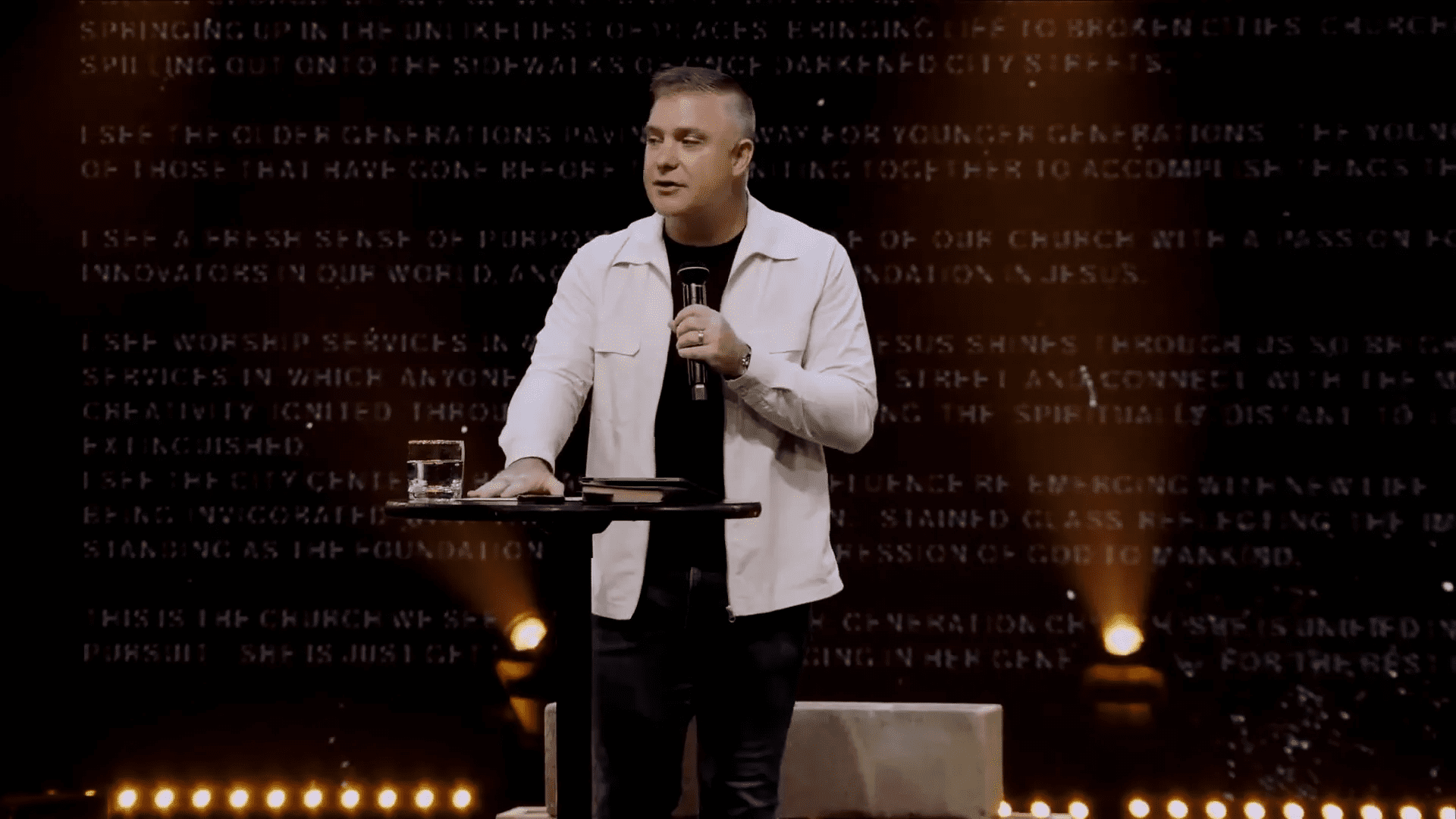
Historical Context of Movements in the Church
Throughout history, the church has experienced numerous movements that have transformed societies. From the early church’s explosive growth in the first century to the Reformation in the 16th century, these movements were driven by dedicated individuals who sought to spread the message of Christ. Figures like Martin Luther and John Wesley challenged the status quo, igniting fires of revival that changed the landscape of Christianity forever.
These movements were not without challenges, but they were propelled by a collective desire to see God’s kingdom advanced on earth. They remind us that the church, as a living organism, is meant to evolve and adapt, always returning to its core mission: to share the love of Jesus.

The Role of the Ark and Serve Day
The Ark, or the Association of Related Churches, plays a pivotal role in fostering church planting and community service. By supporting new church plants, the Ark has facilitated the launch of over 1,000 life-giving churches across the globe. This is an incredible testament to what can happen when people come together with a shared vision.
Serve Day, a significant initiative within the Ark exemplifies this mission. It’s a day when thousands of churches unite to serve their communities, embodying the love of Christ through action. Participating in Serve Day not only spreads goodwill but also strengthens the bond within the church, reminding us that we are called to serve.

Reinvigorating the Church’s Vision
As we embark on this journey together, it becomes crucial to revisit and reinvigorate the church’s vision. Just like any organization, churches can lose sight of their mission amidst the daily grind. We must regularly pause to reflect and refocus on what truly matters: building a community of believers who are committed to Christ and each other.
This series encourages us to dust off the vision God has placed in our hearts. It’s a call to remember why we exist and to reignite our passion for outreach and discipleship. We need to ask ourselves, “What does God want to accomplish through us as a church?”
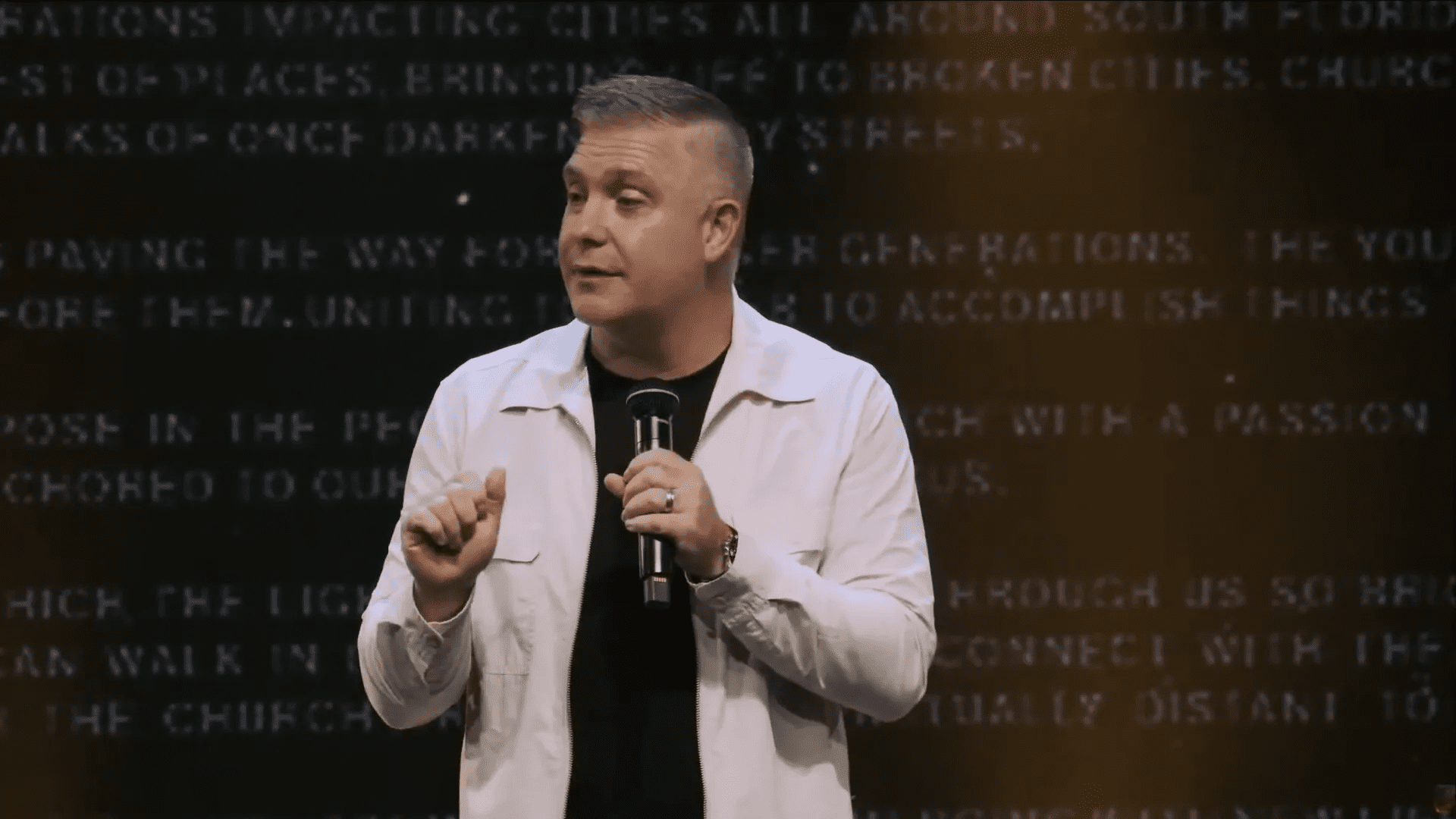
The Importance of Building a Community
Building a strong community is essential for the health and growth of the church. Gathering for services is not enough; we must cultivate relationships that encourage spiritual growth and accountability. The community provides a safe space for individuals to share their struggles, celebrate victories, and grow in their faith.
When we invest in each other, we create a culture of support and love. This community becomes a beacon of hope for those outside the church, demonstrating the transformative power of Christ in our lives. Together, we can reach the lost and bring them into the fold.
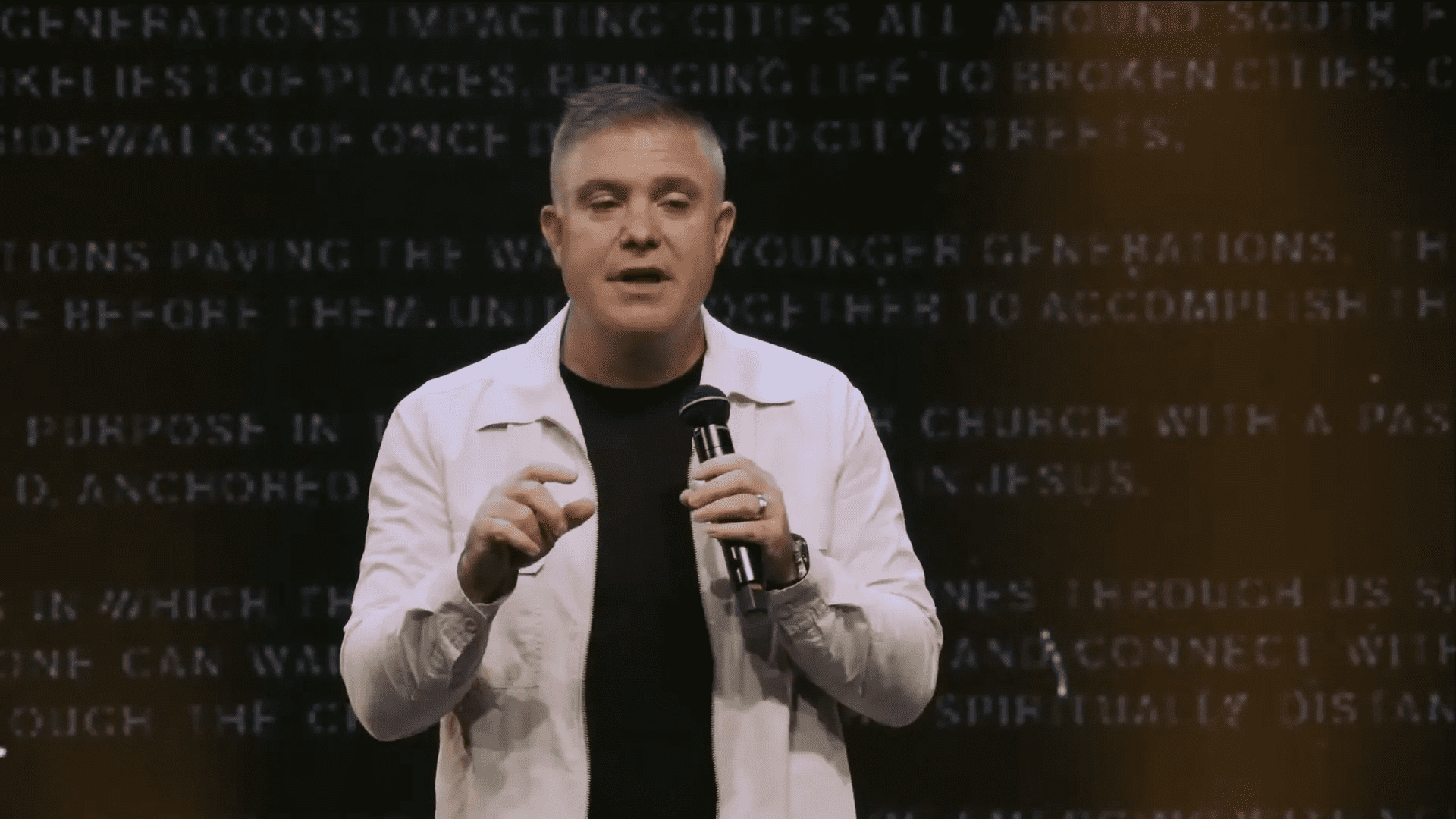
The Upcoming Series: ‘Mad at God’
On August 14th, we will launch a new series titled ‘Mad at God.’ This series will resonate with many individuals who have experienced pain, disappointment, and frustration in their lives. It’s vital to address these feelings openly and honestly, as many people are grappling with their faith amidst their struggles.
This series aims to provide a safe space for discussion and healing. It’s an opportunity for individuals to explore their emotions and understand that it’s okay to question God. Through this series, we will encourage one another to seek God’s truth and find peace in His presence.

Building a Movement: Our Mission
At the heart of our mission is the desire to build a movement that changes lives, communities, and the world. This mission goes beyond the walls of our church; it’s about embracing our role as the hands and feet of Jesus in our communities. We are called to actively participate in God’s work, not just observe from a distance.
This involves reaching out to those in need, sharing the Gospel, and being a light in the darkness. It’s about creating a ripple effect that extends far beyond our immediate surroundings. As we engage in this mission, we must remember that each act of kindness, no matter how small, contributes to the larger movement of God’s love.
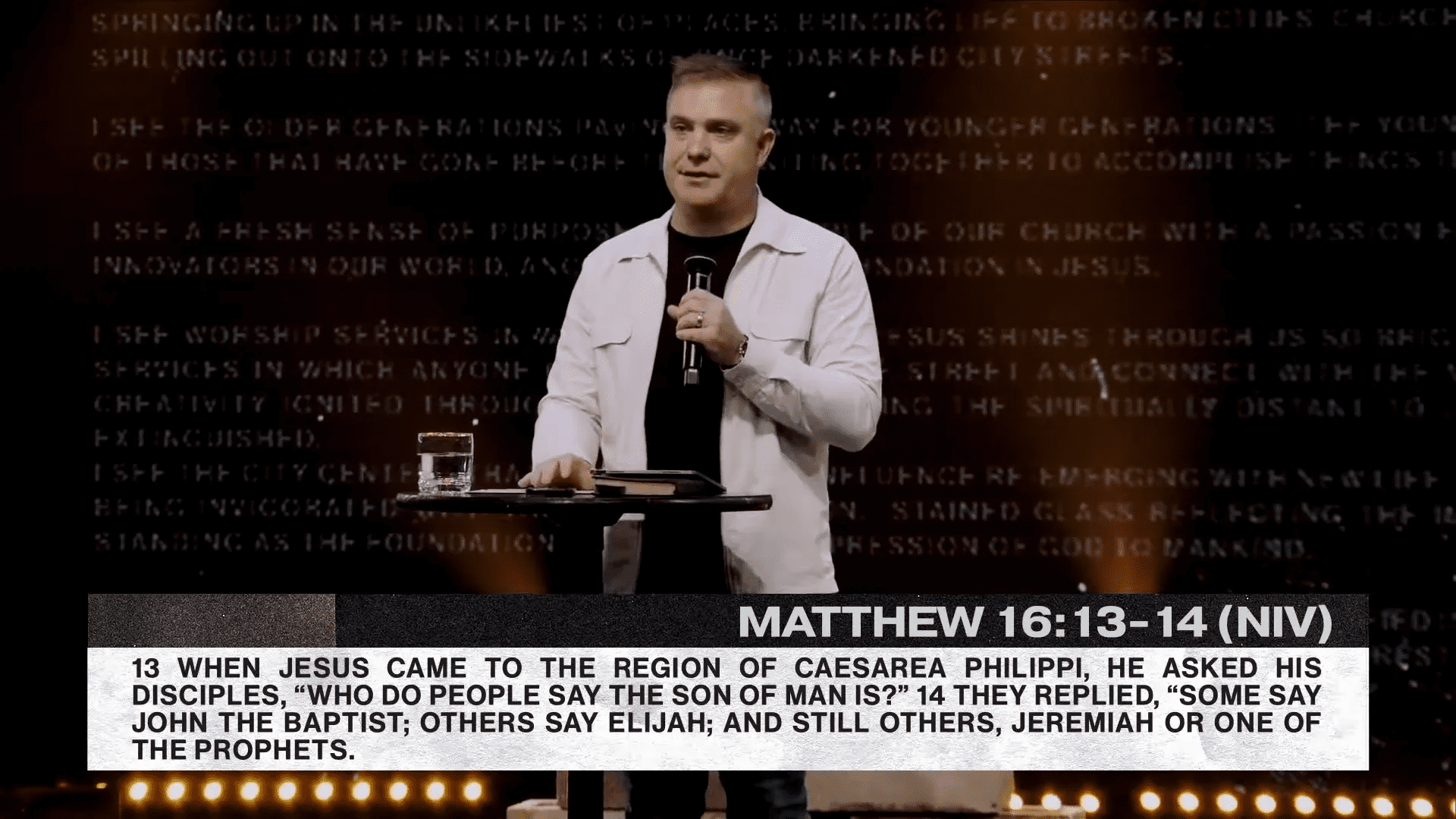
Understanding the Church as People, Not Buildings
One of the most significant shifts we must embrace is understanding that the church is not a building but a community of believers. This perspective changes how we approach our gatherings and our mission. It’s about fostering relationships and encouraging one another in our faith journeys.
When we view the church as people, we begin to see the potential for impact. Each member contributes their unique gifts and talents to the body of Christ, creating a diverse and vibrant community. This understanding allows us to focus on nurturing relationships and growing together in faith.

The Greek Meaning of ‘Ecclesia’
The term ‘ecclesia’ is foundational to our understanding of the church. In Greek, it means “the assembly that is called out.” This definition emphasizes the active nature of the church as a gathering of believers sent out into the world to fulfill God’s purpose.
Recognizing this meaning helps us shift our focus from being a static organization to a dynamic movement. We are called to assemble, not for our benefit alone, but to go out and share the love of Christ with others. This calling is what makes the church alive and relevant in today’s world.
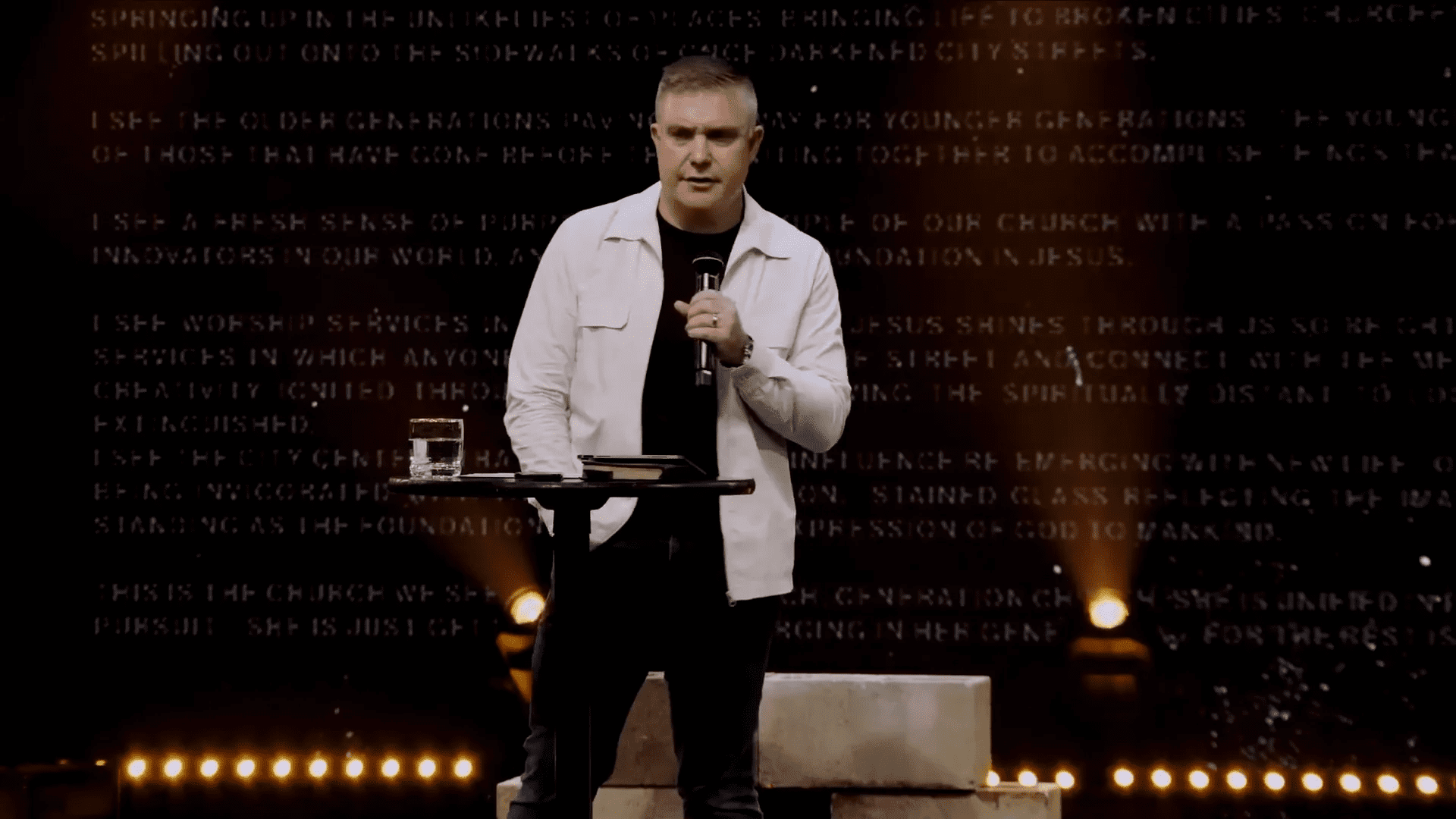
Historical Misconceptions of the Church
Misconceptions about the church have plagued its perception throughout history. Many view it solely as a building or an institution, rather than as a living body of believers. This misunderstanding can lead to disillusionment and disengagement from the church community.
To combat these misconceptions, we must actively educate ourselves and others about the true nature of the church. It’s essential to highlight that the church is meant to be a place of healing, growth, and community, reflecting the love of Christ to those around us.
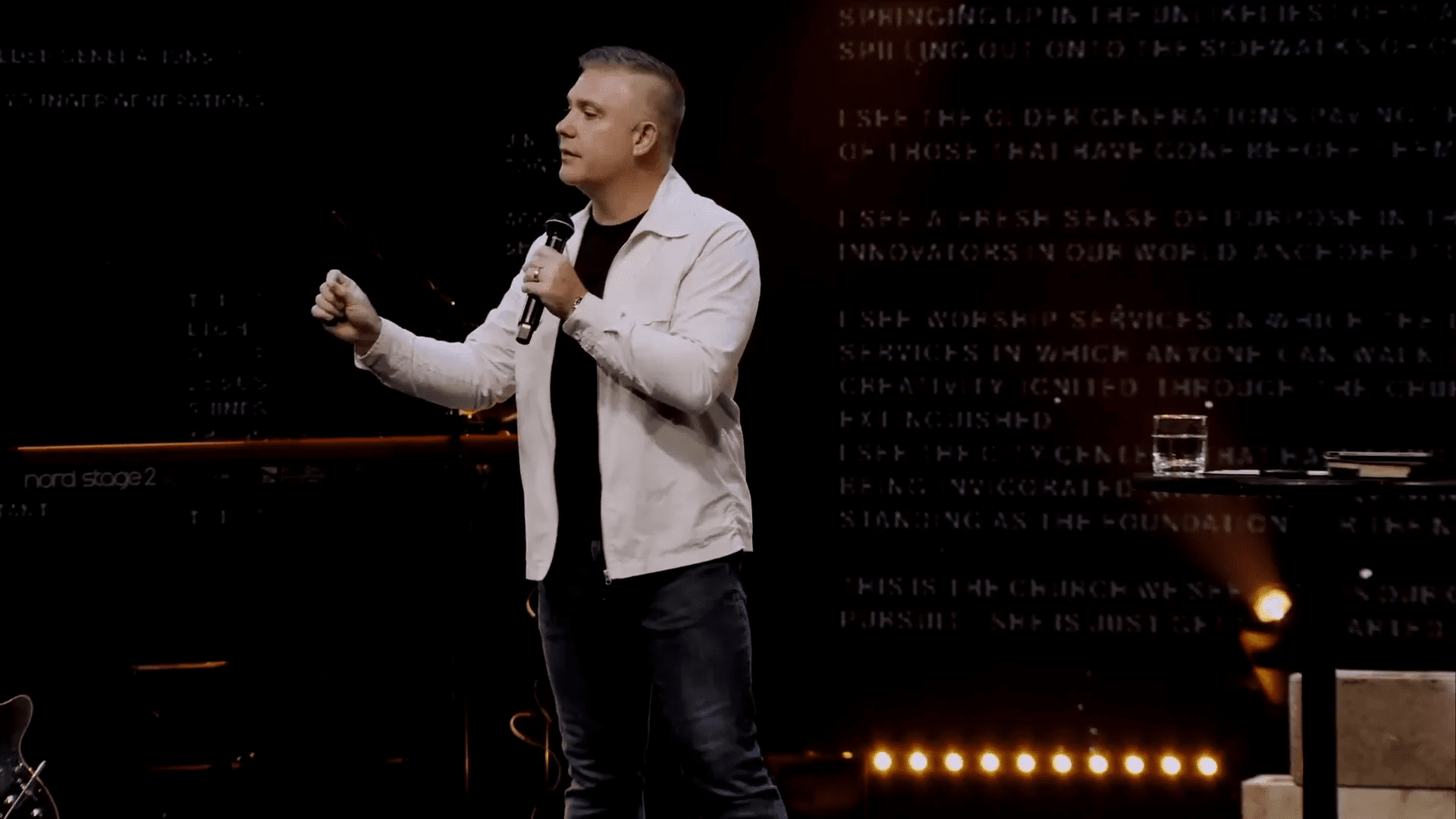
The Role of Living Stones in the Church
In 1 Peter 2:4-5, we are reminded that each believer is a living stone being built into a spiritual house. This imagery illustrates how every individual plays a crucial role in the overall structure of the church. Just as stones create a sturdy foundation, each person contributes to the strength and health of the church community.
Recognizing ourselves as living stones encourages us to embrace our unique gifts and abilities. It challenges us to actively participate in building the church rather than being passive observers. Together, we can create a vibrant, living testimony of God’s love and grace.
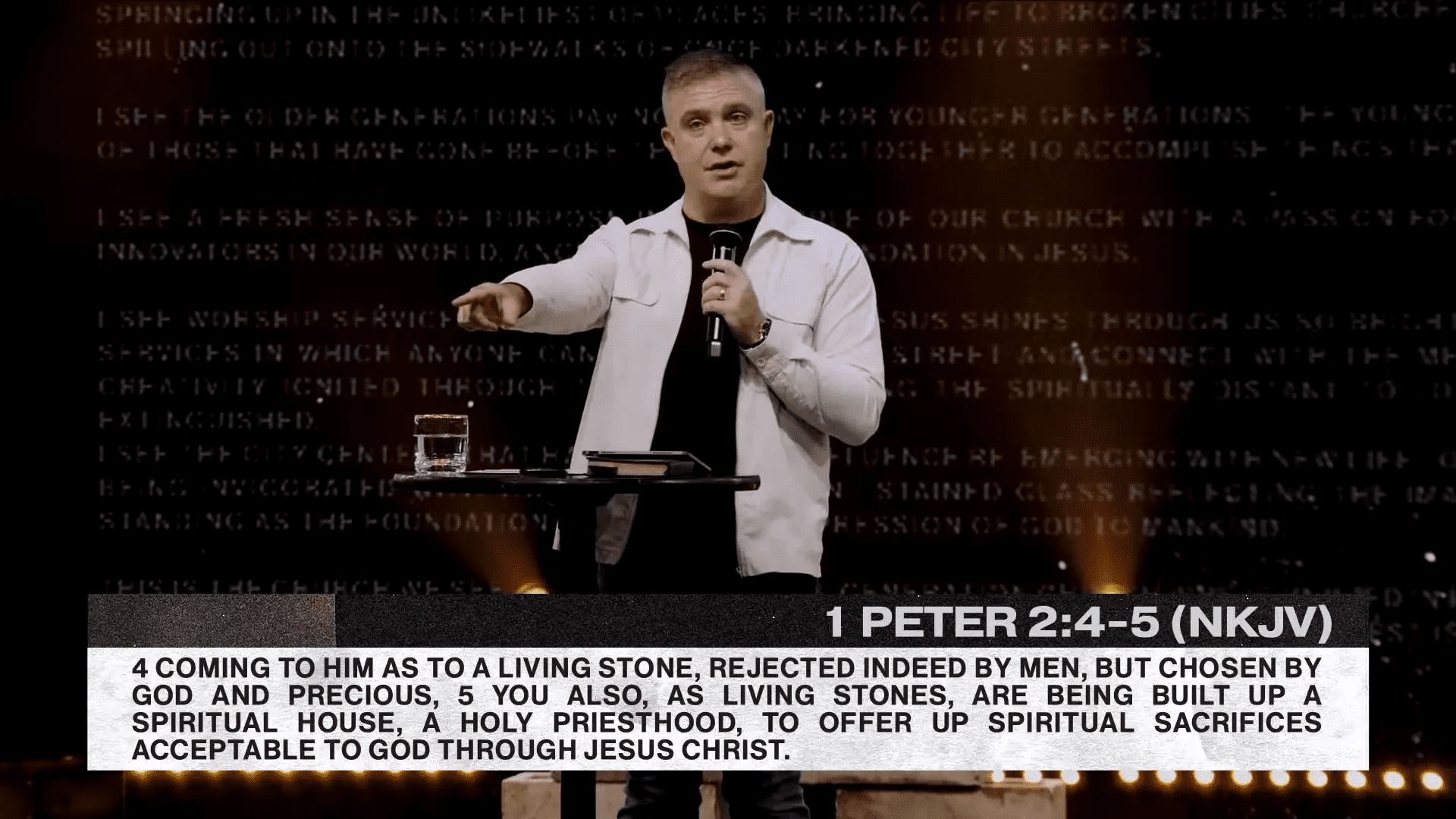
Separation of Practical and Spiritual Tasks
It’s important to distinguish between the practical tasks necessary for church operation and the spiritual mission we are called to fulfill. While maintaining the building and organizing events are essential, they should never overshadow our primary purpose: sharing the Gospel and making disciples.
We must ensure that our focus remains on our community’s spiritual growth. By prioritizing our mission, we can avoid becoming bogged down by administrative tasks and instead empower one another to engage in meaningful ministry.

The Church is You
Understanding that the church is not merely a building, but the collective body of believers is foundational for us as a community. Each individual plays a vital role in the mission and purpose of the church. It’s about embracing our identity as the church and recognizing that we are the hands and feet of Jesus in our communities.
When we gather, it’s not for passive attendance; it’s for active participation. Each of us is called to contribute, to engage, and to support one another in our spiritual journeys. This shift in perspective transforms our gatherings into powerful movements, where lives are changed and communities are impacted.
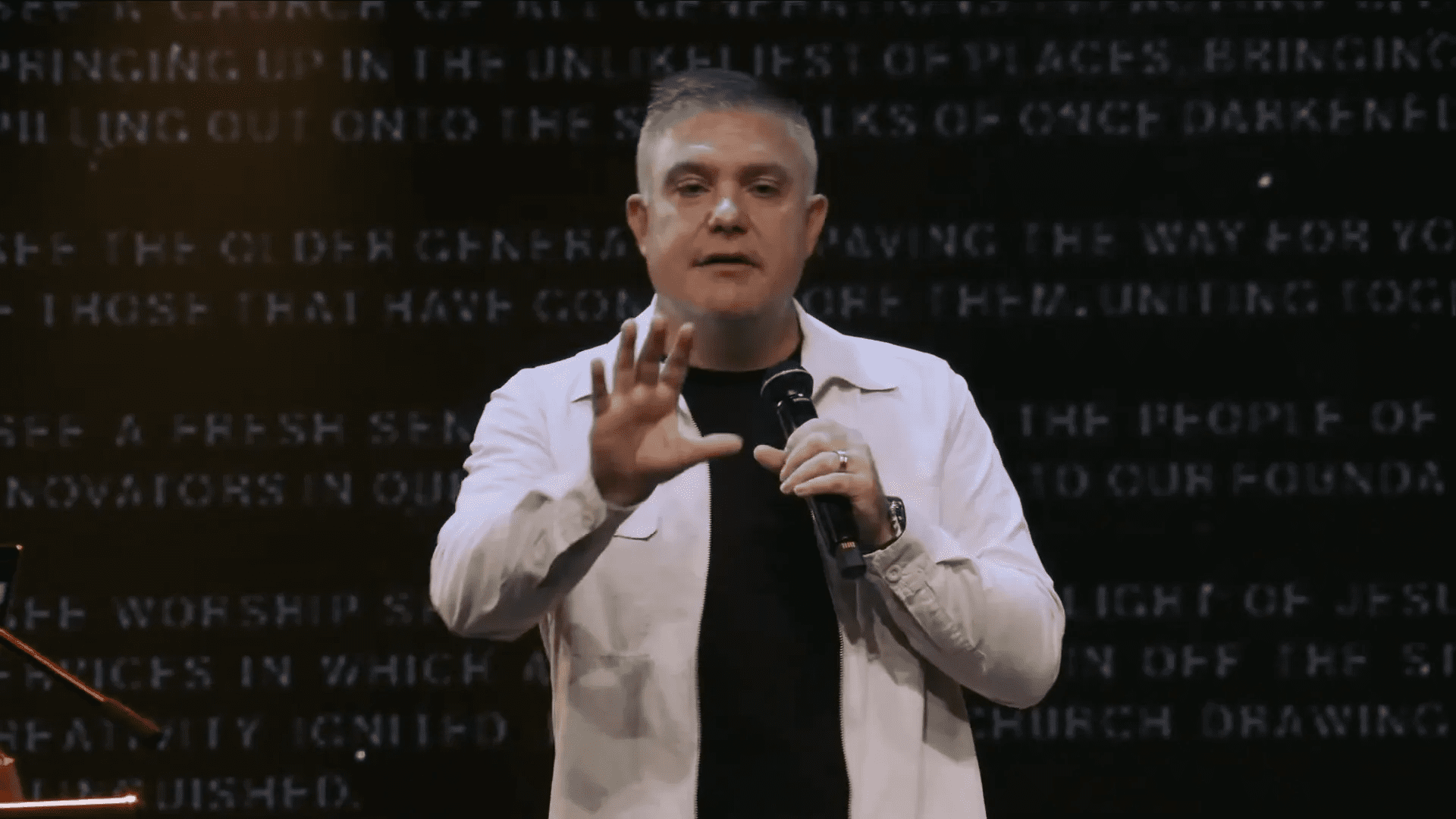
The Importance of Salvation and Discipleship
At the heart of our mission lies the urgency of salvation and discipleship. Jesus commands us to go out and preach the Gospel, emphasizing the need for every believer to share the good news. Salvation is not just a personal experience; it’s meant to be shared. We are called to be witnesses, to bring others into the fold, and to introduce them to the transformative love of Christ.
Discipleship is equally crucial. It’s not enough to win souls; we must nurture them. This involves walking alongside one another, providing guidance, and fostering growth in faith. Discipleship happens in relationships—through mentorship, small groups, and community gatherings. It’s about creating an environment where believers can flourish and grow deeper in their understanding of God’s Word.
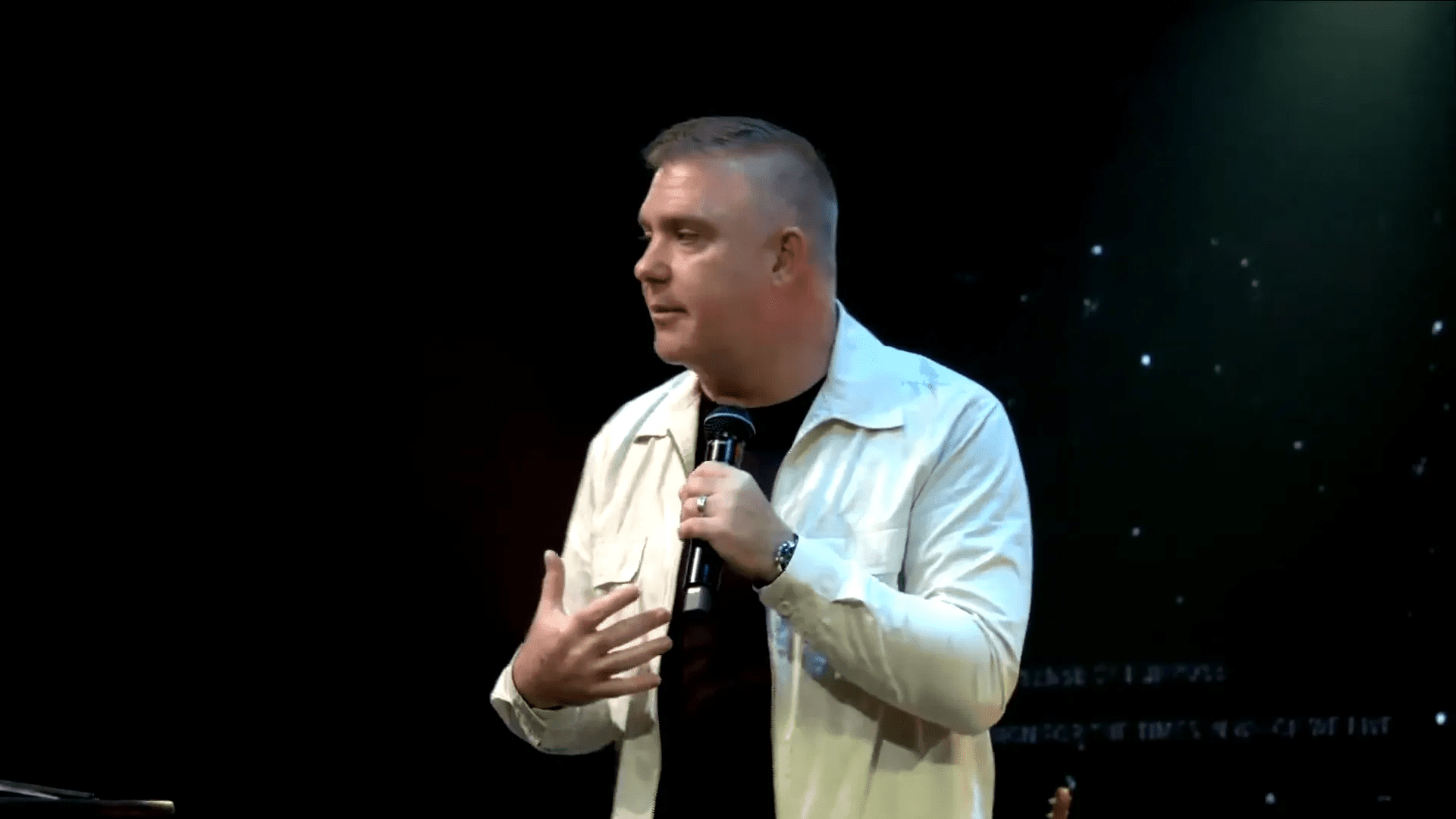
Engagement versus Spectation
The contemporary church faces a challenge: many come to spectate rather than engage. This mindset leads to spiritual stagnation. Instead of seeking to contribute, some may merely look for entertainment or personal enrichment. However, true fulfillment comes from active participation in the life of the church.
When we engage—whether through serving, attending small groups, or participating in community events—we begin to experience the richness of our faith. It’s in these moments that we discover our purpose and the joy of being part of a movement that is bigger than ourselves.
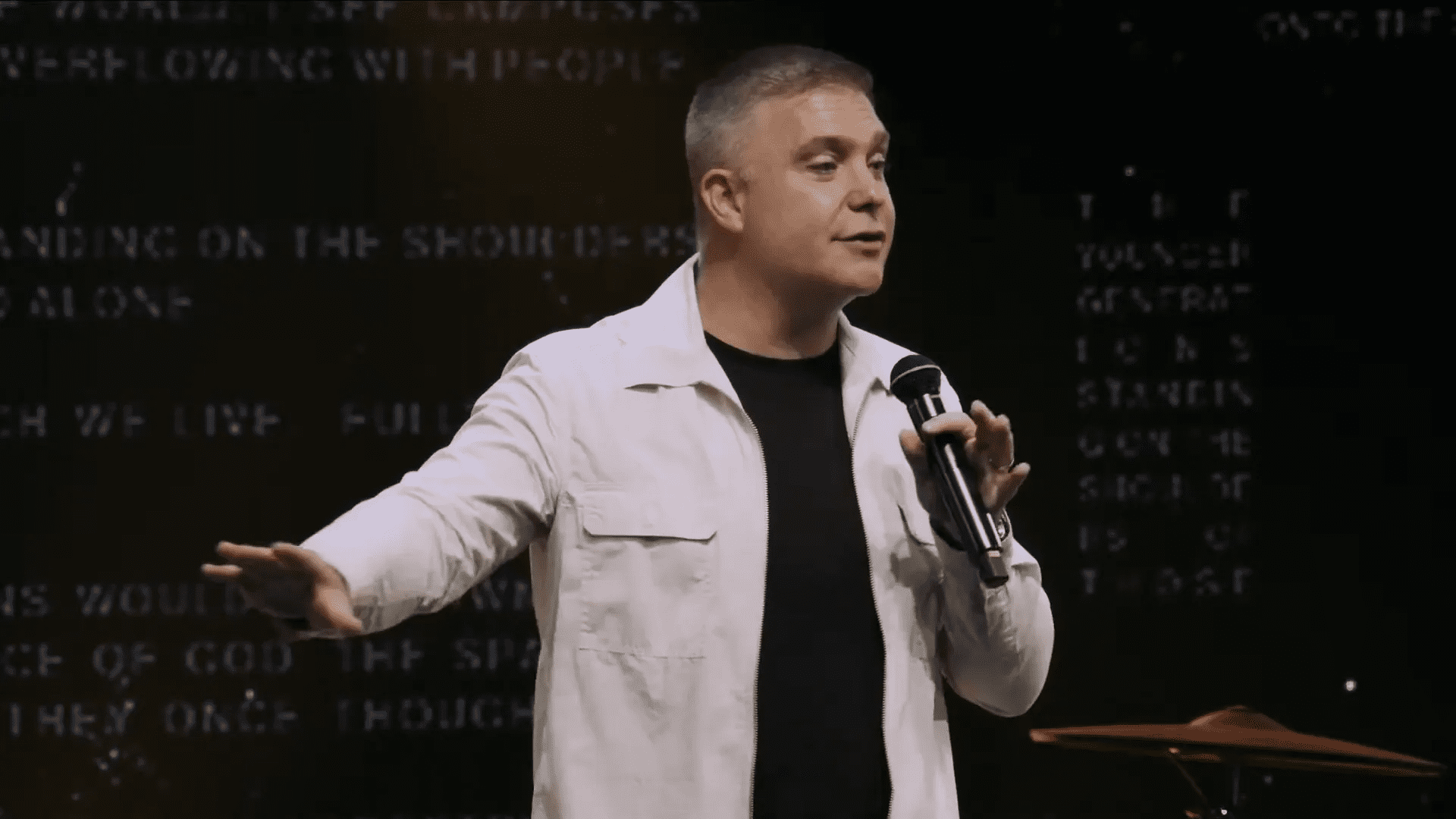
The Role of Community in Discipleship
Community is a vital element for effective discipleship. In the early church, believers gathered in homes, breaking bread and studying Scripture together. This model of community fosters accountability, support, and growth. It’s in these intimate settings that genuine relationships are built, allowing for deeper conversations and spiritual growth.
When we invest in the community, we create a culture of love and support. Each member contributes uniquely, enriching the whole body of Christ. Discipleship thrives in an environment where individuals feel safe to share their struggles and victories, knowing they are surrounded by a supportive family.
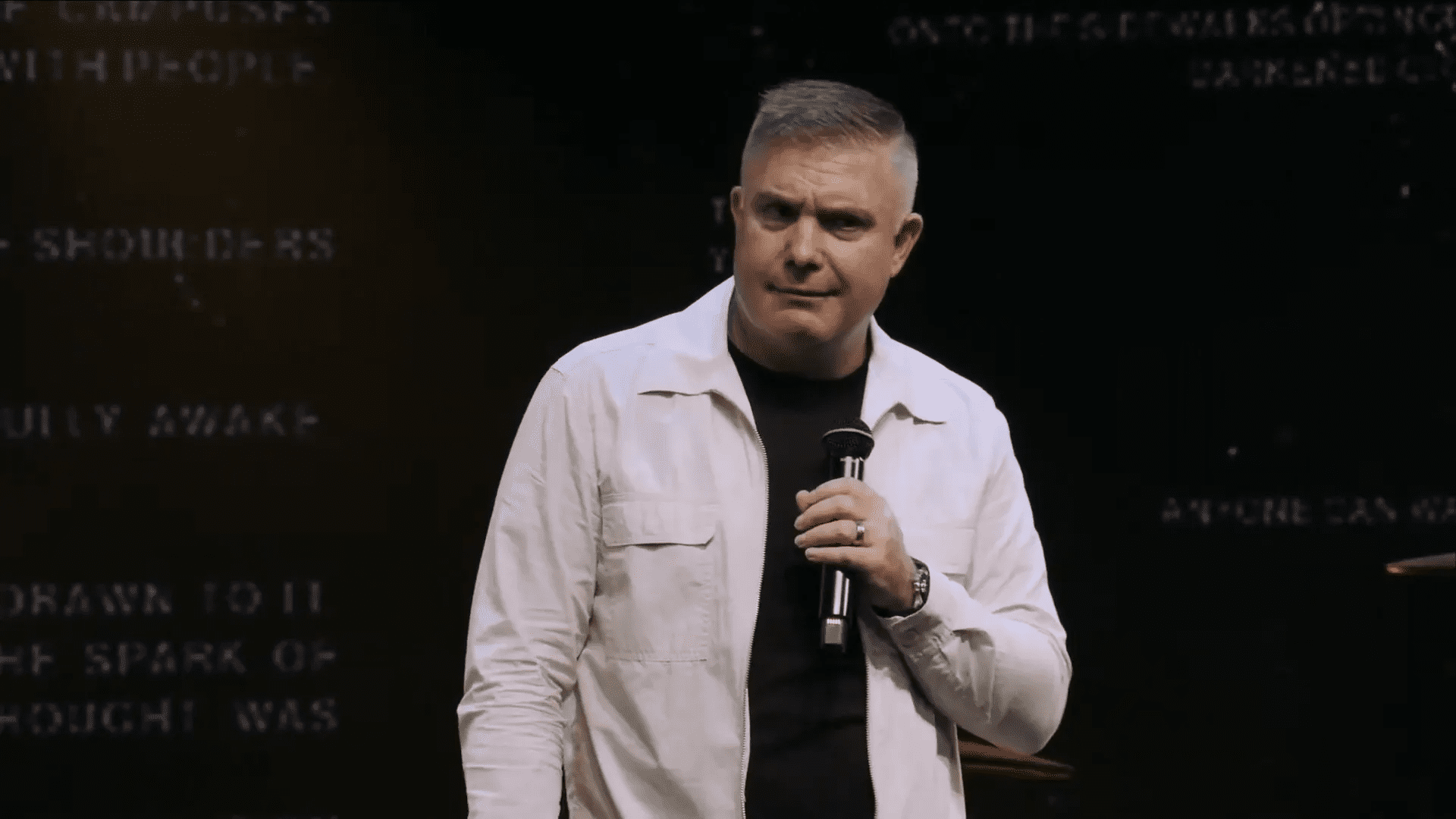
Natural Responses to a Move of God
A genuine move of God elicits natural responses from His people. In the book of Acts, we see how the early church responded to the Holy Spirit’s empowerment. They didn’t wait for a program to be established; they immediately began to share, serve, and support one another. Their actions were spontaneous and driven by a deep love for God and each other.
This kind of response is what we should aspire to today. When God moves among us, our natural inclination should be to act—whether through service, generosity, or outreach. These responses are not forced; they flow from a heart transformed by the love of Christ.

The Awakening of Gifts Through Engagement
Engaging with the church not only fulfills our calling but also awakens the gifts within us. When we step into our roles—whether serving on a team, leading a small group, or participating in outreach—we discover talents and abilities we may not have realized we possessed. God designed each of us with unique gifts meant to build up the church.
As we engage, we become part of something larger than ourselves. God’s anointing flows through our willingness to serve, empowering us to impact lives. The more we step out in faith, the more we see God work through us, revealing our purpose and potential.
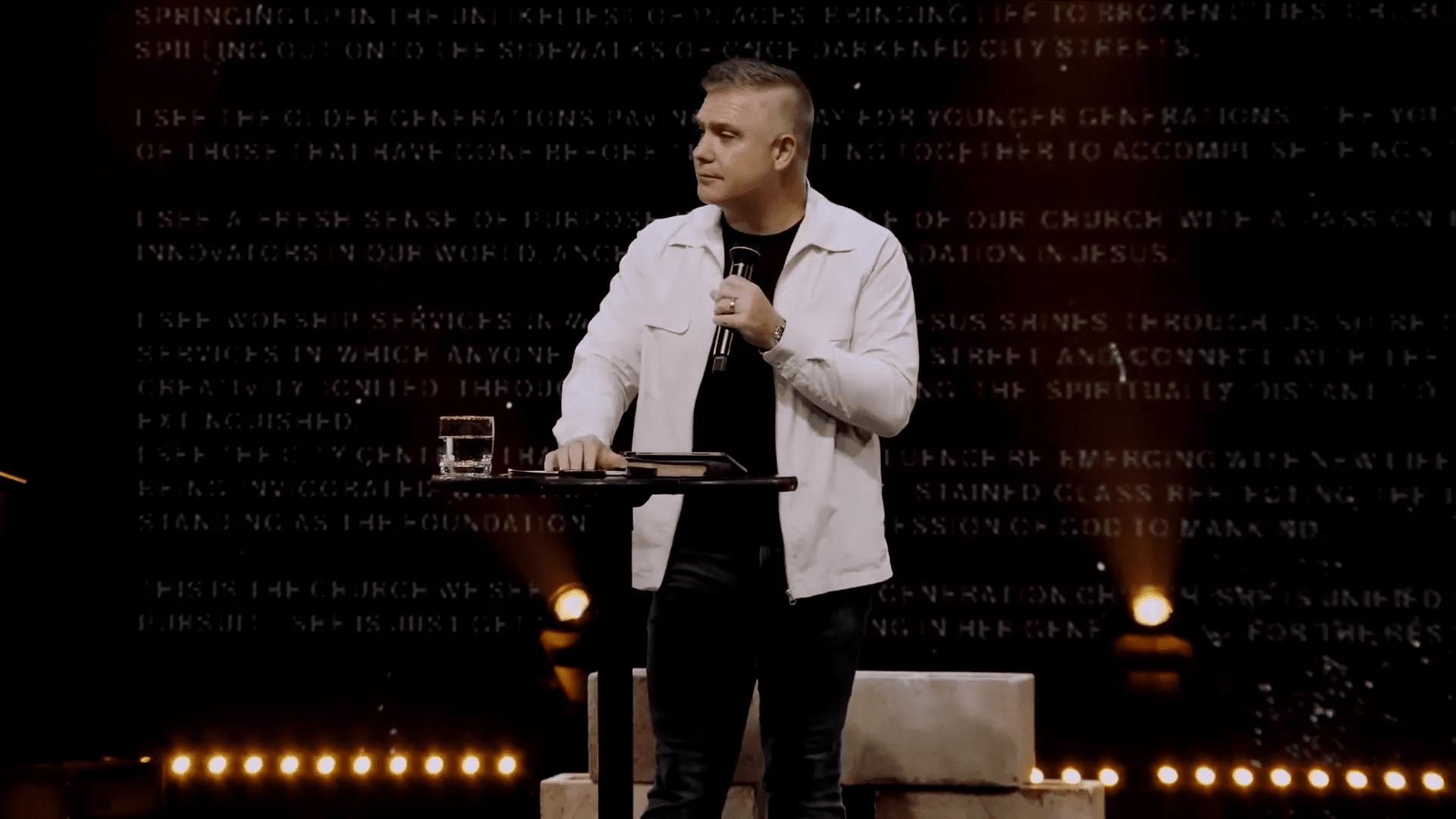
The Church That I See: A Vision for the Future
The church I envision is vibrant and diverse, a place where all generations come together to impact their communities. I see campuses emerging in unexpected places, bringing hope and life to those who feel lost. Our church will be a beacon of light, overflowing with people who are eager to encounter Jesus and share His love.
In this church, older generations will mentor younger ones, creating a legacy of faith. Together, we will break down barriers and unite to achieve what neither could accomplish alone. This vision is not just about numbers; it’s about hearts being transformed and lives being changed.

Encouragement to Not Give Up on the Vision
As we pursue this vision, it’s essential to remain steadfast and not lose heart. The journey may come with challenges, but we must remember why we are called to build. Each step we take towards fulfilling this vision brings us closer to seeing God’s plan unfold.
Let us encourage one another to stay focused on the mission. We are part of a movement that is destined to make a difference. Together, we can build a church that impacts our community and the world, reminding ourselves that the best is yet to come.
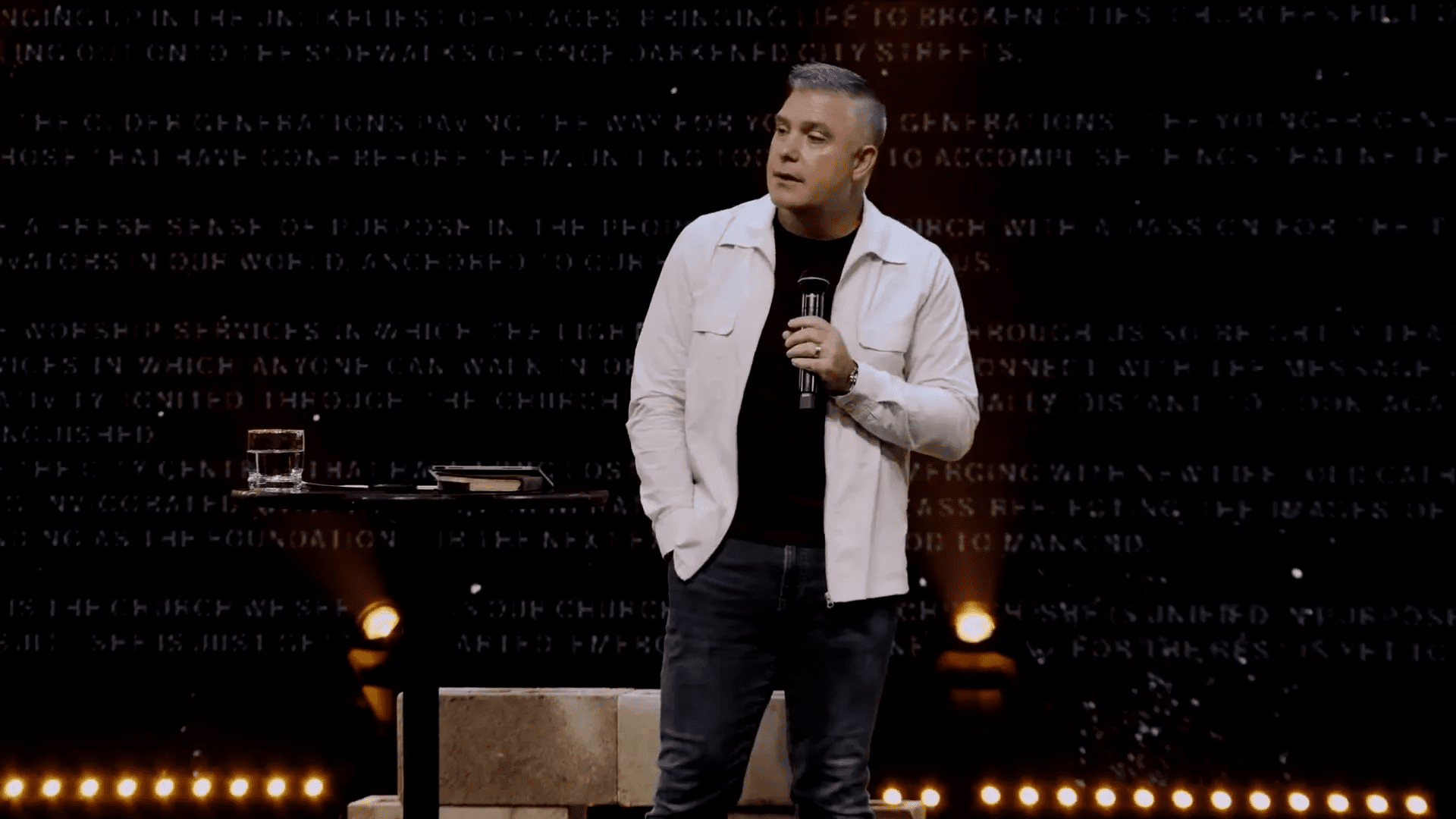
Addressing the Challenges of Growth
With growth comes challenges. As our church expands, we must be intentional about maintaining our sense of community. It’s easy to fall into the trap of becoming inward-focused, prioritizing personal preferences over the mission. We must actively work to cultivate a culture that embraces growth while ensuring everyone feels included and valued.
Addressing these challenges requires open communication and a commitment to our shared vision. We need to remind ourselves that growth is not merely about numbers but about the lives transformed through the love of Christ. Let us work together to ensure that no one is left behind.
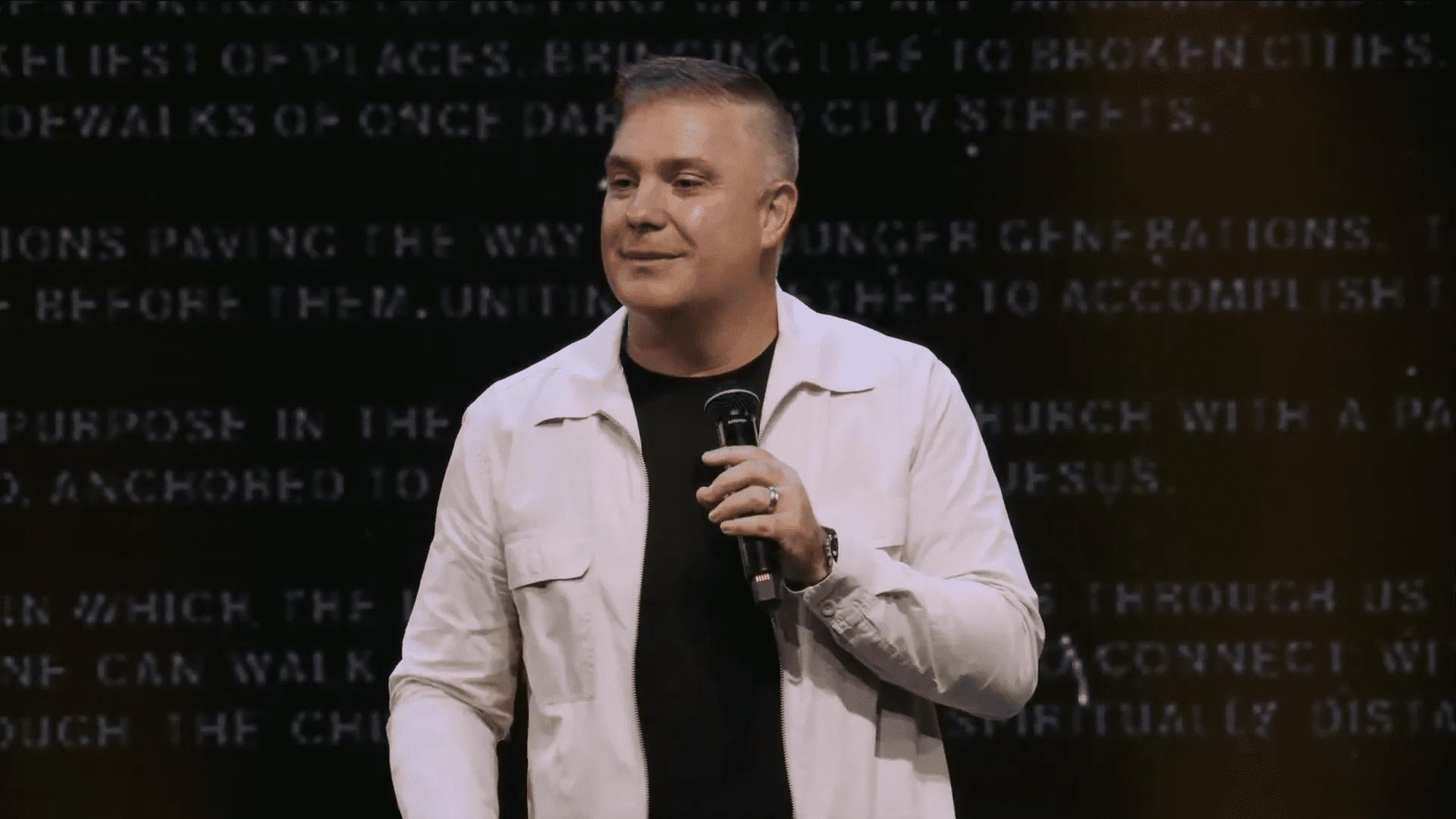
Building as On-the-Job Training
Building the church is a process of on-the-job training. Many feel unprepared or inadequate to contribute, but the reality is that we learn by doing. The early disciples were not equipped with all the answers; they were empowered by the Holy Spirit and grew through their experiences.
Each of us is on a journey of growth, and learning as we serve. It’s through engagement that we develop our skills and understanding of God’s Word. So, don’t wait until you feel ready—jump in and start serving. You’ll be amazed at what God can do through you.

The Call to Action: Finding Your Place
As we conclude, I urge you to take action and find your place within the church. What is your next step? Whether it’s attending a new members’ class, joining a small group, or volunteering for a ministry, each step you take is significant. Your engagement matters.
God has a purpose for you in this community. Don’t let fear or doubt hold you back. Step out in faith and discover how you can contribute to the mission of the church. Together, we can build something incredible that honors God and transforms lives.
